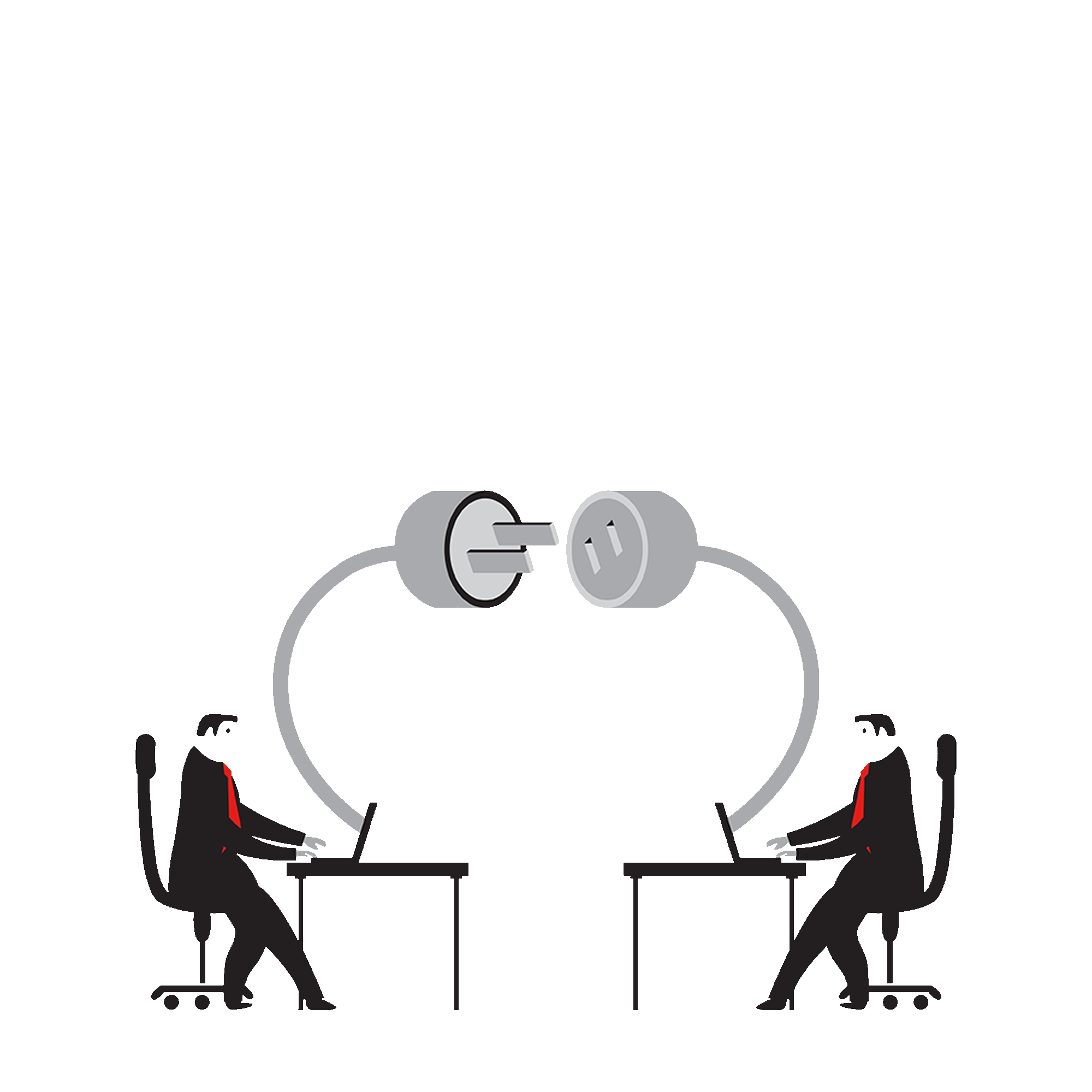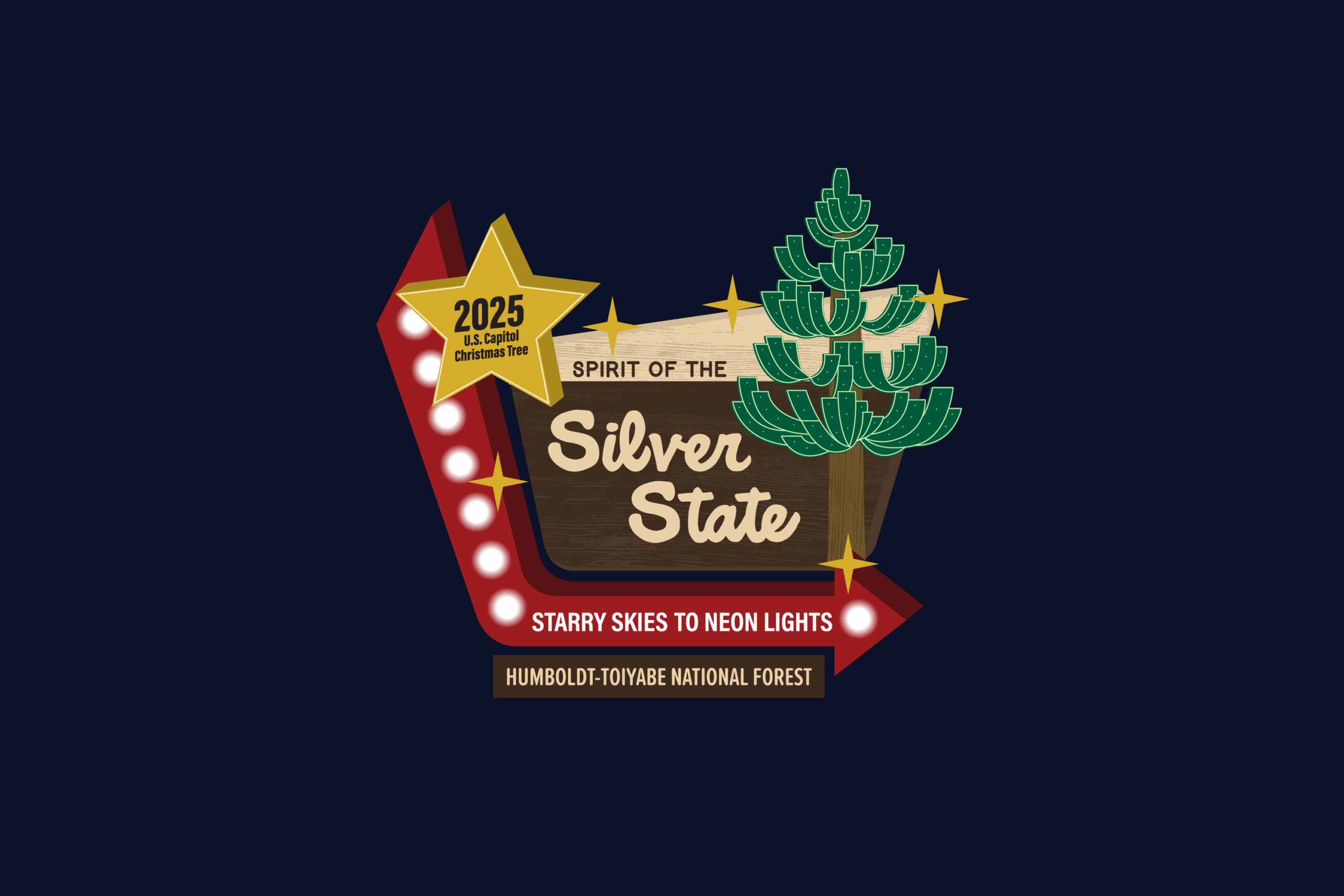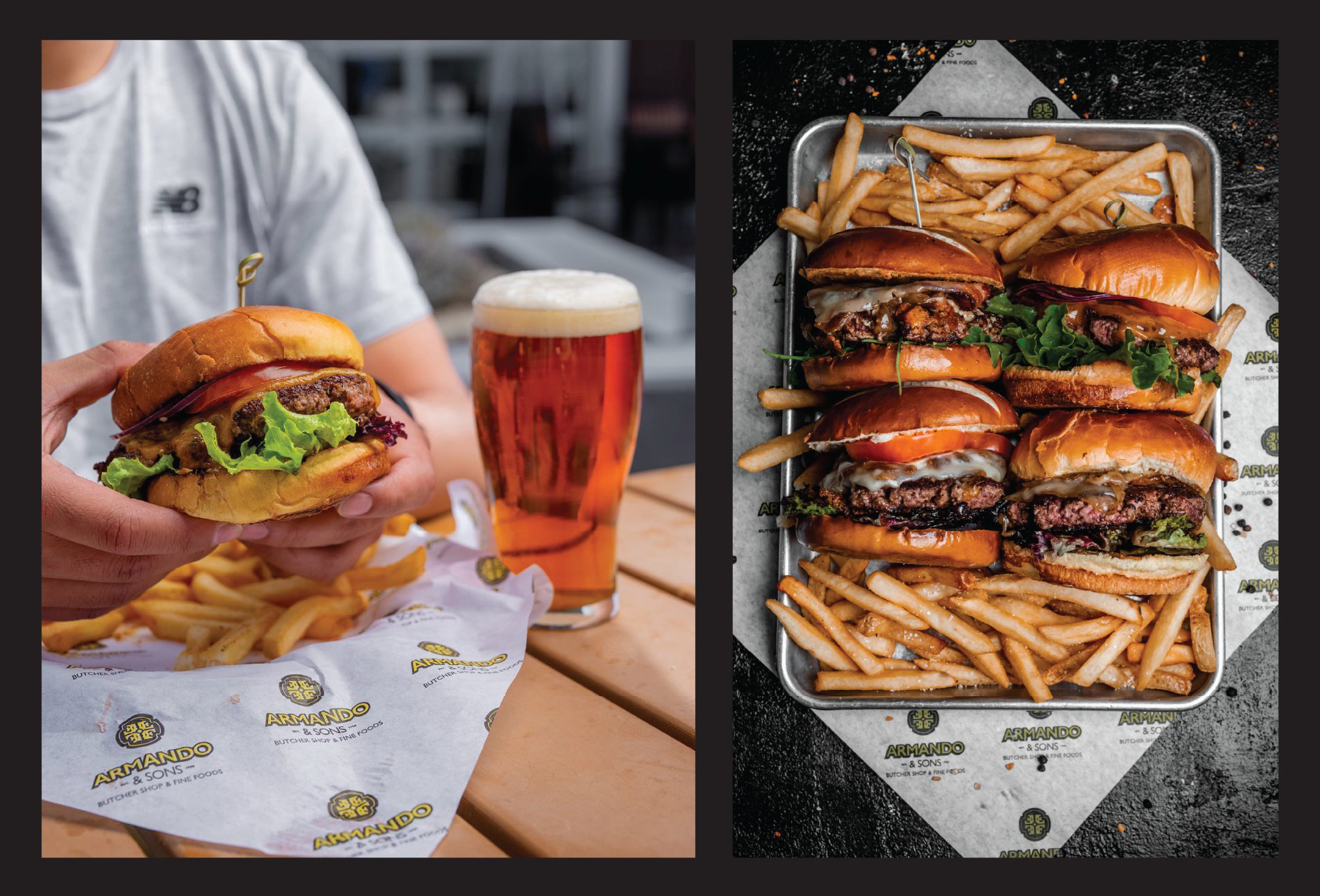The most important part of any award-winning campaign happens long before designers and copywriters get to work.
Most people think copywriters, designers, and other creatives are just these loose-cannon, freewheeling art majors who want to put pen to paper and just see where it goes – strategy be damned. That couldn’t be further from the truth.
Creatives aren’t the wild, untamed bronc that needs busting. They’re the rider trying to soothe a problematic beast for your business.
Truth is, copywriters and designers actually love structure. They just don’t love the tedious, routine, and arbitrary structure that gets in the way of good work (then again, who does?).
But give them a tightly outlined list of objectives, mandatories, research, support for said research, and a slew of other considerations before they get going, and you’ll get the best from them. In short, give them a problem to solve – a well-defined one at that.
This is a process that creates the most powerful document of any great campaign: the creative brief. The secret ingredient? Truth.
The best advertising and design is rooted in honesty and insight. And if we believe that to be true (pun intended), then it stands to reason that outlining all the truths and facts about a client, product, or whatever it is you’re selling would be more important than those first eight seconds out of the gate could ever be.
A creative brief is a way of carefully outlining everything we know and everything we’d like to see from a company or product so that everyone involved on the project is on the same page. Whether you need a logo from a freelance designer, a multi-million dollar Super Bowl spot from your agency, or a thoughtful party thrown for a retiring employee, a good brief is the key to unlocking head-turning ideas.
The simple fact is: killer creative briefs lead to killer creative. Here’s how to write one of your own.

Step 1: Project details
The boring stuff that’s super important.
First, outline all the details of the project. List the client, the project budget, the assignment, where and for how long the campaign or project will live, and any relevant specs like ad sizes or video lengths. Make this section straightforward, no need to get any fancier than a bulleted list.
Client: Write the name of the client or the intended recipient for the material.
Project Budget: Insert details and amounts pertaining to your budget: X amount for creative, strategy and account service, X amount media and materials, etc.
Product: Title of the material.
Media: Include the type of media your material entails. Is it digital? Print? Social? All of the above?
Timing: Include the timeline of your project, noting any important dates or deadlines that may apply.
Specs: What are the specific requirements for the material? List any print specifications that a publisher has given, the different sizes needed for physical and digital elements, and/or any other nitty gritty details that need to be met for proper display.
Step 2: Background
What has been done before and how has it worked?
How can you know what to do if you don’t already know what’s been done? Include a brief background of what the client in question has done up until this point. Be specific. Why did the client try this angle in the past? Did it work? Are there any consumer beliefs about a product up until this point?

Step 3: Brand Proposition
What does the brand stand for?
Depending on who you ask, this is arguably the most important piece of any creative marketing project. The problem is that too many companies have never bothered to work on this part. A brand proposition plainly asks, “What does the brand stand for?”
Before doing any marketing or advertising, ask, “Who am I as a company?” More importantly, ask yourself why your consumers should care. What’s in it for them? What void in the market do you fill? Keep this section focused on the higher level aspects of your brand and not about your specific products and offerings.
Step 4: Target Audience
Be specific. Your target audience should be more than just socioeconomic groups. Why are these people the target? Do you have any insight or fresh information in terms of why they want the product or to use the product?
Who are the consumers in the previous question? Who are they really? Get as specific as possible here. Don’t just stop at the typical socioeconomic groups and generational demographics. Describe what these people like and don’t like. Tell your creatives why these people are even the target in the first place. Offer as much fresh insight into why they want to use the product or services your company provides.

Step 5: Objectives
Why advertise? What does the client expect the communications to do?
The Objectives of your campaign can be distilled down into a simple, somewhat meta question you must answer: why are you even putting together this brief? You must have a clear goal in mind or else all the pieces of your campaign will be a flock without a shepherd: a seemingly cohesive unit that ultimately lacks the direction to properly apply itself.
Don’t advertise just because your competition is. Advertise for your own unique goals that better serve your brand. Perhaps you’re trying to sway opinions, drive awareness, introduce a new product, set a world record. It could be anything as long as it’s precise.
Step 6: Proposition
Be specific. Your target audience should be more than just socioeconomic groups. Why are these people the target? Do you have any insight or fresh information in terms of why they want the product or to use the product?
Who are the consumers in the previous question? Who are they really? Get as specific as possible here. Don’t just stop at the typical socioeconomic groups and generational demographics. Describe what these people like and don’t like. Tell your creatives why these people are even the target in the first place. Offer as much fresh insight into why they want to use the product or services your company provides.
Step 7: Support
What facts exist to back up your main message/proposition? How is that different from other brands in the field?
Say it with us now: the best advertising is true. You should never be making claims you can’t back up. Great creative lures you in with the emotional, then follows through with the rational. Will my new tablet make me feel modern, hip, and artistic? Yes, because it has a larger screen and it’s trusted by leading creative professionals. Give your creative team all the backup you possibly can.

Step 8: Tone
What is the brand character and personality that needs to be communicated? What is the mood and tone?
If Brand Proposition is what a brand stands for, then your Tone is how you sound doing it. Imagine your brand was a person and you were having a conversation with them. What would they sound like? Do they speak formally and elegantly, or more casually with pop culture references peppered in? Deodorant companies were all about traditional, straight-shooting male sensibilities until Old Spice ironically put a shirtless guy on a horse.
Step 9: Desired Response
What would you want the target to say? What do you want people to think or feel? Imagine a spontaneous quote.
Picture your target market. They’ve just watched your commercial, or read your ad in an in-flight magazine. What’s the response you’re hoping for? Think about a quote they’d say out loud or in their head. “Huh, I’d never considered visiting Flagstaff, but who knew they had skiing so close to the Grand Canyon.”
Step 10: Mandatories
Practical considerations. Are there restrictions in media, timing constraints, legal restrictions in what can be claimed or must be claimed? What specific calls to action are necessary to meet measurement requirements?
Last but not least, your mandatories are all the practical considerations for the project. List any media restrictions, legal restrictions, red tape or disclaimers. This is the boring part, relatively, but it’s no less important than anything else on the list. You don’t want to find yourself starting over halfway through because a restriction wasn’t communicated in the first place.
Forget thinking “outside the box”
When any client is asking for some real “out-of-the-box thinking,” there’s a creative person on the other side of the table begging for a good box to work inside of. That box doesn’t have to be limiting and arbitrary.
Say it with us again: the best advertising is rooted in truth. Creative briefs ensure consistent honesty. In other words, a solid creative brief is key to a solid foundation for a project, and your creatives will thank you. You might even thank yourself.

MORE STORIES FROM THE BLOG

RODI: Design Investment as a Business Tool
It’s easy to dismiss design as surface-level polish, but in reality, it is a business tool—and

2025 U.S. Capitol Christmas Tree Logo
An initial engagement with a new client always carries a degree of uncertainty. We were introduced

Bringing Branding Back into the Physical World
Do you remember the last birthday card you got? You can probably remember who sent it,
